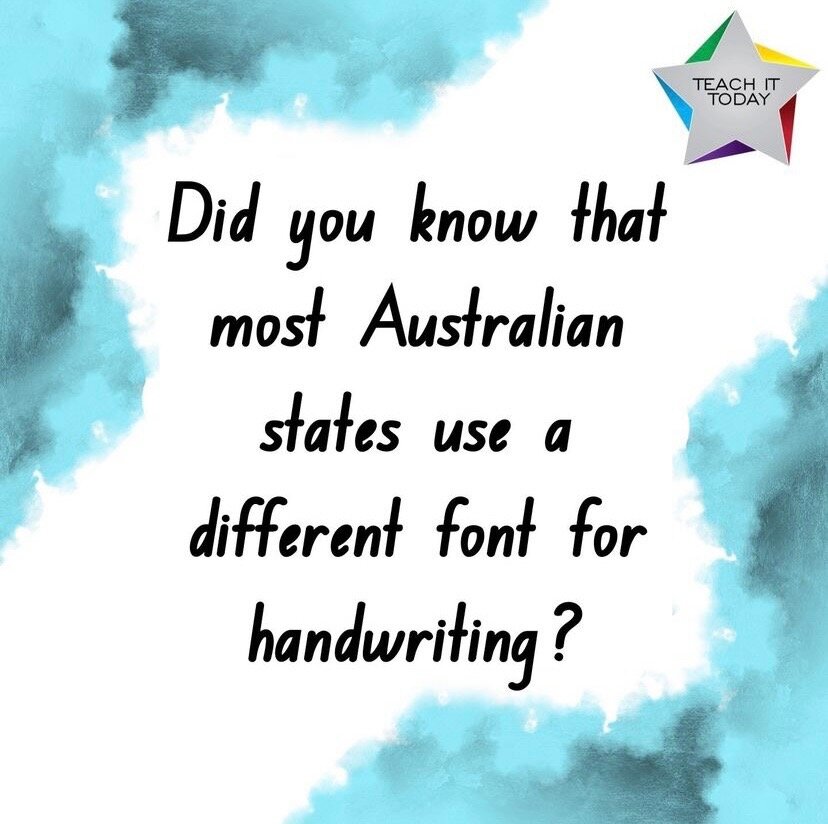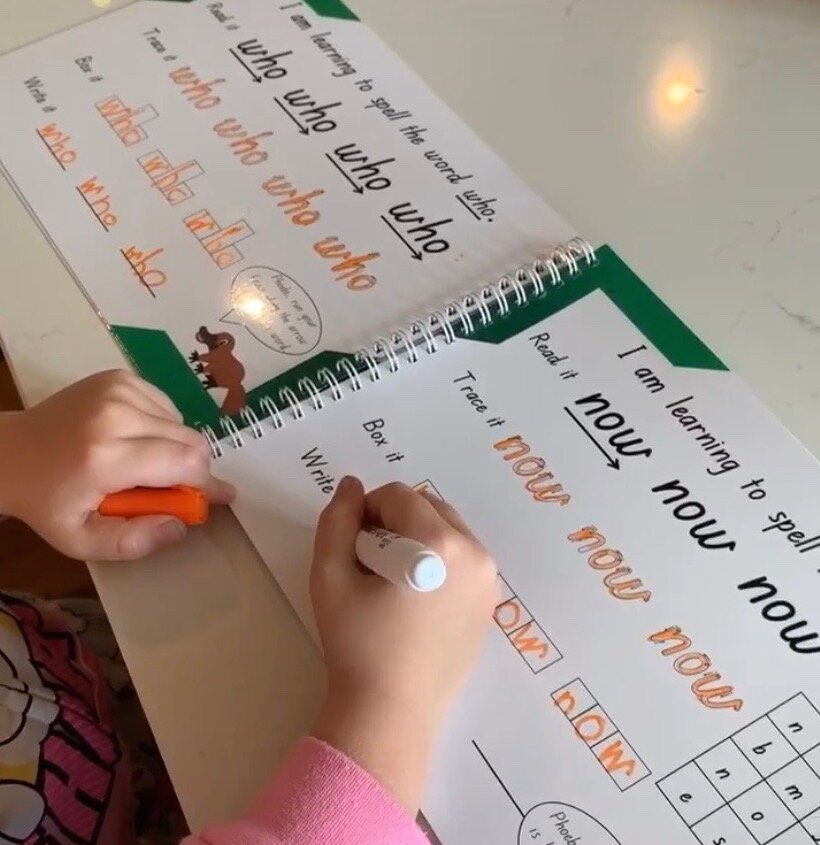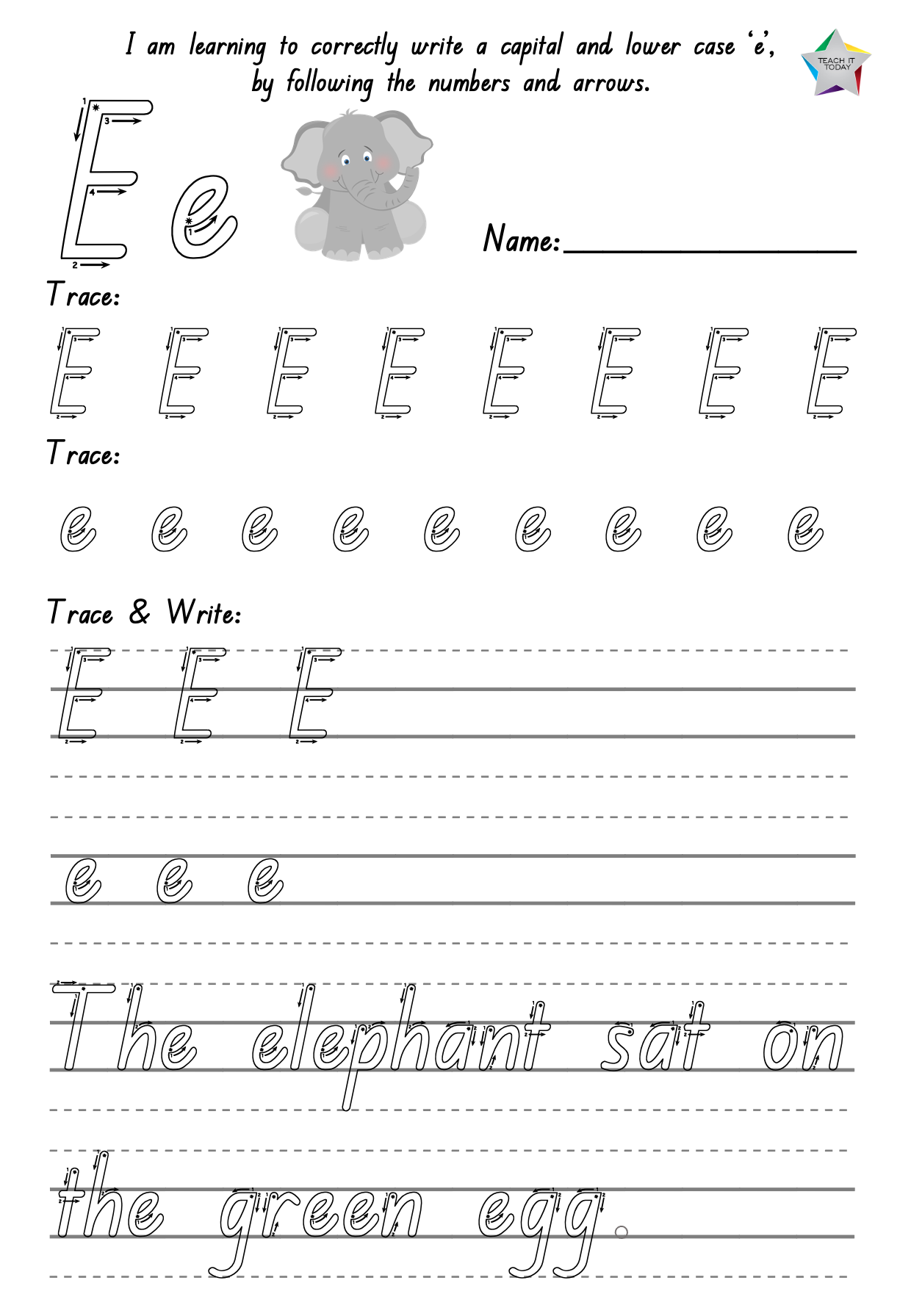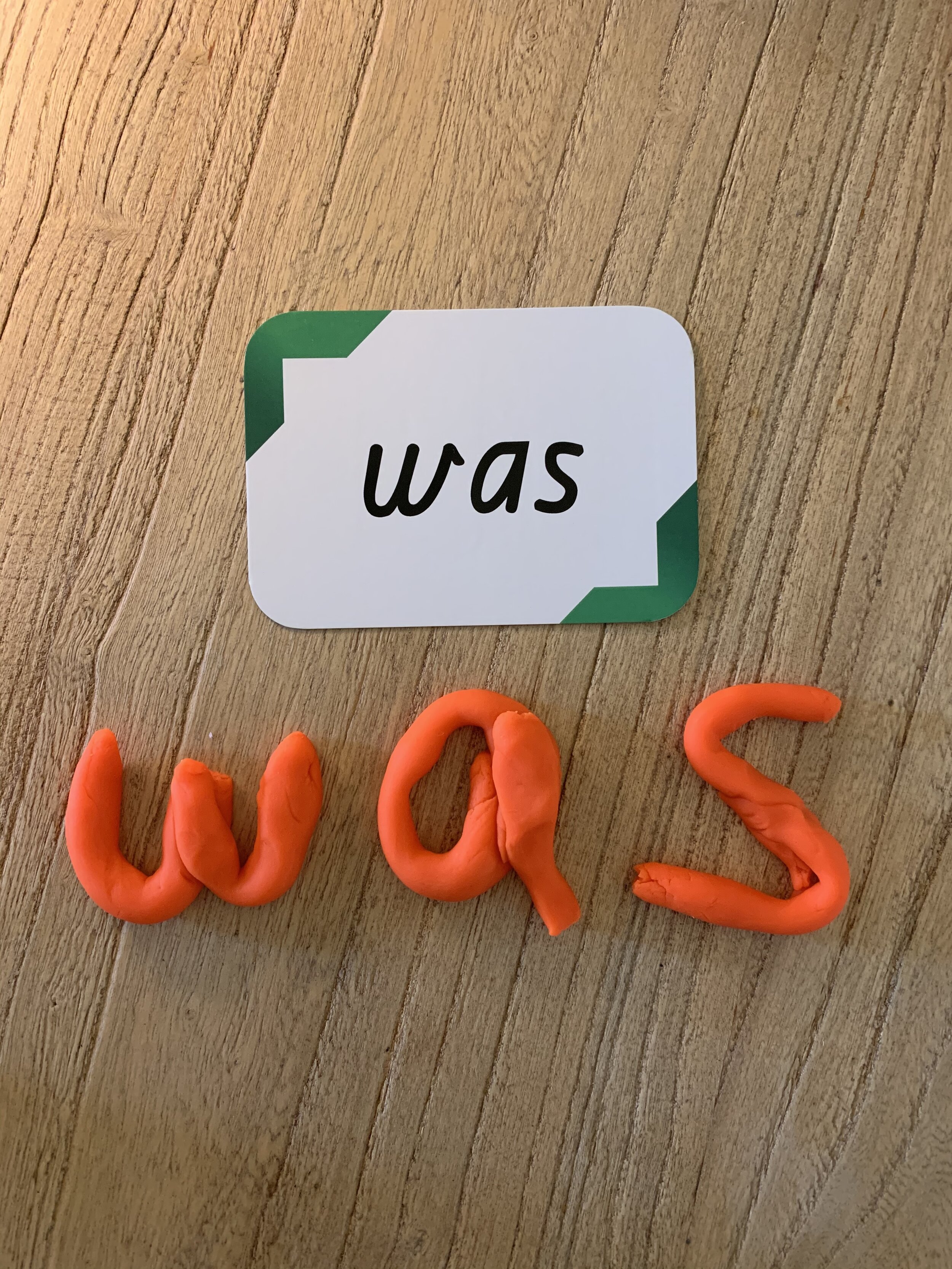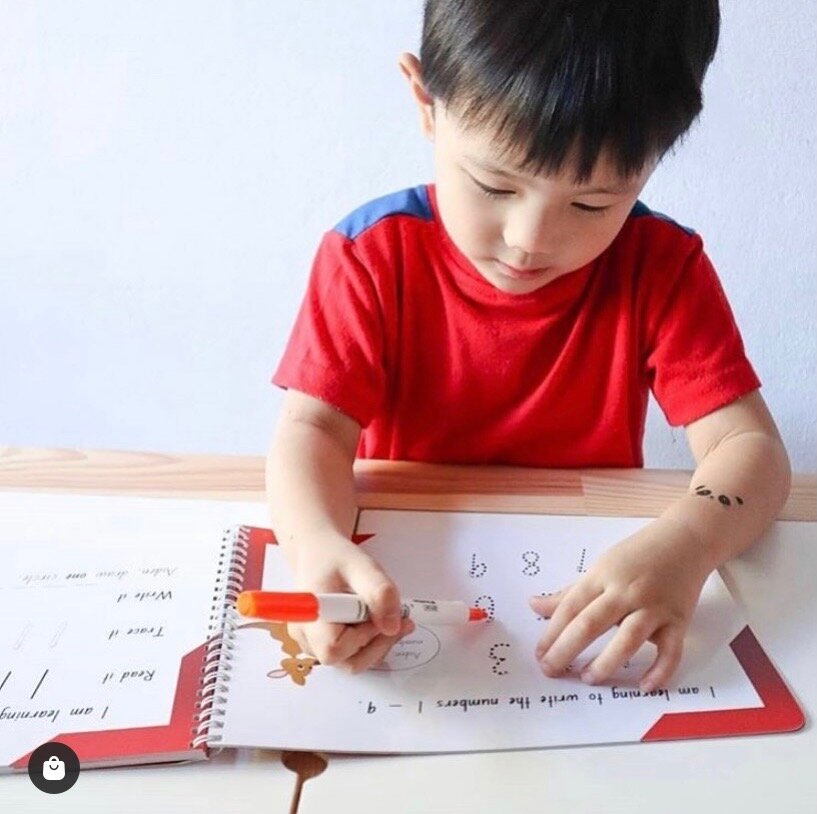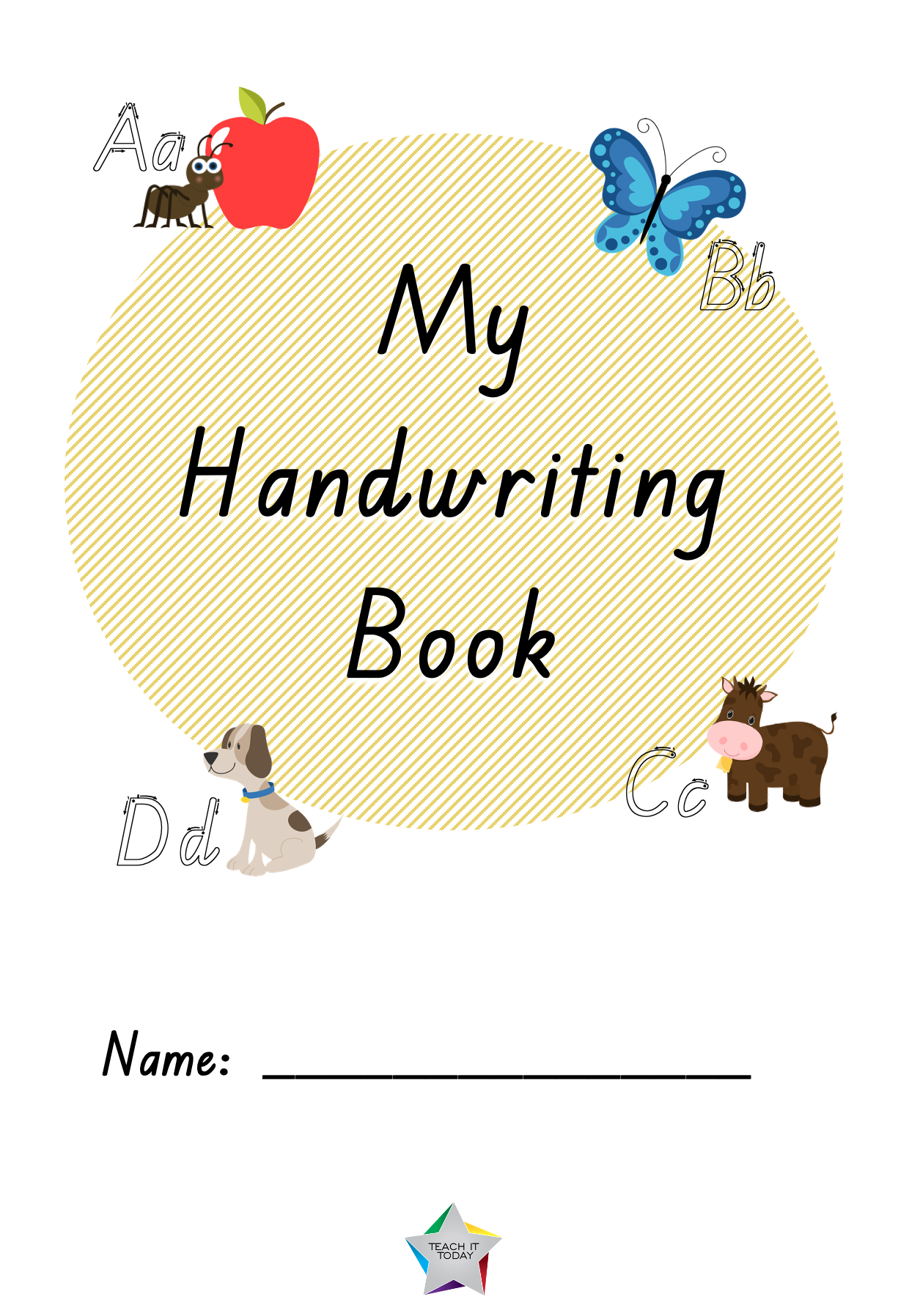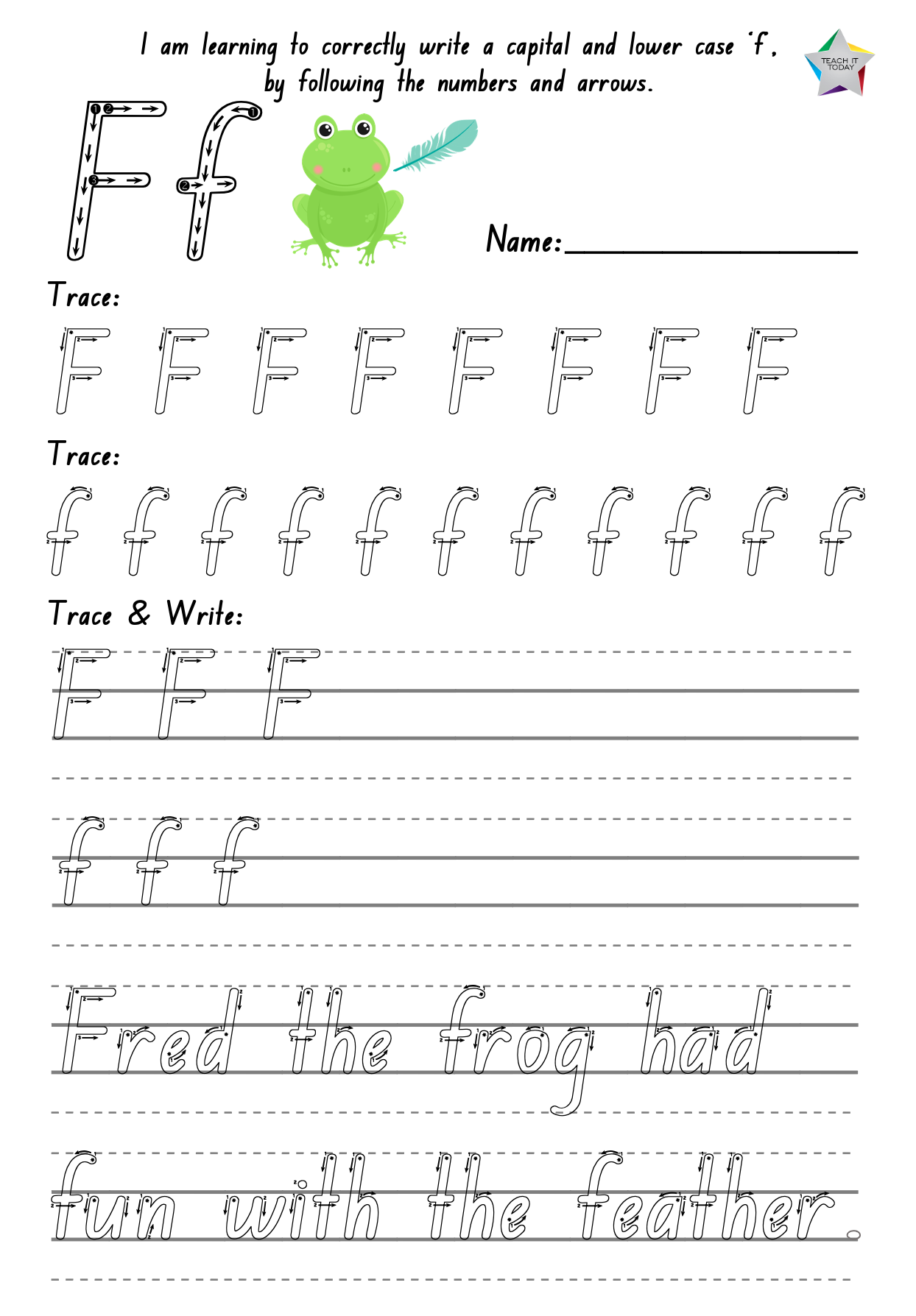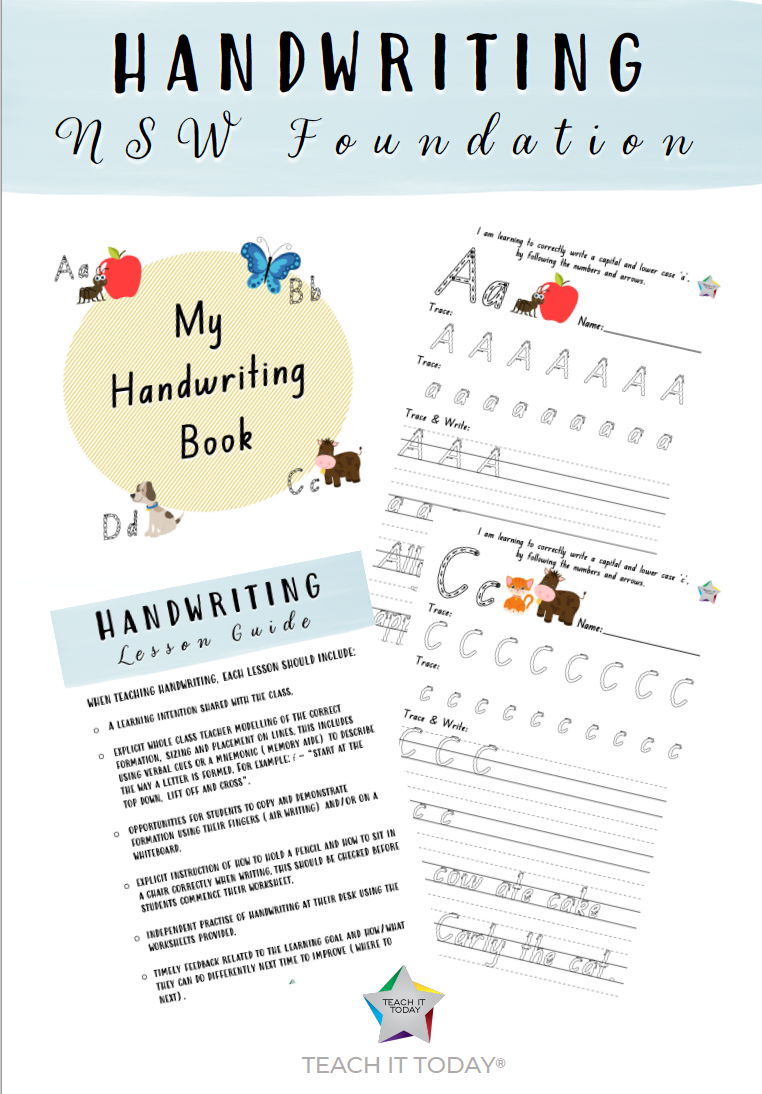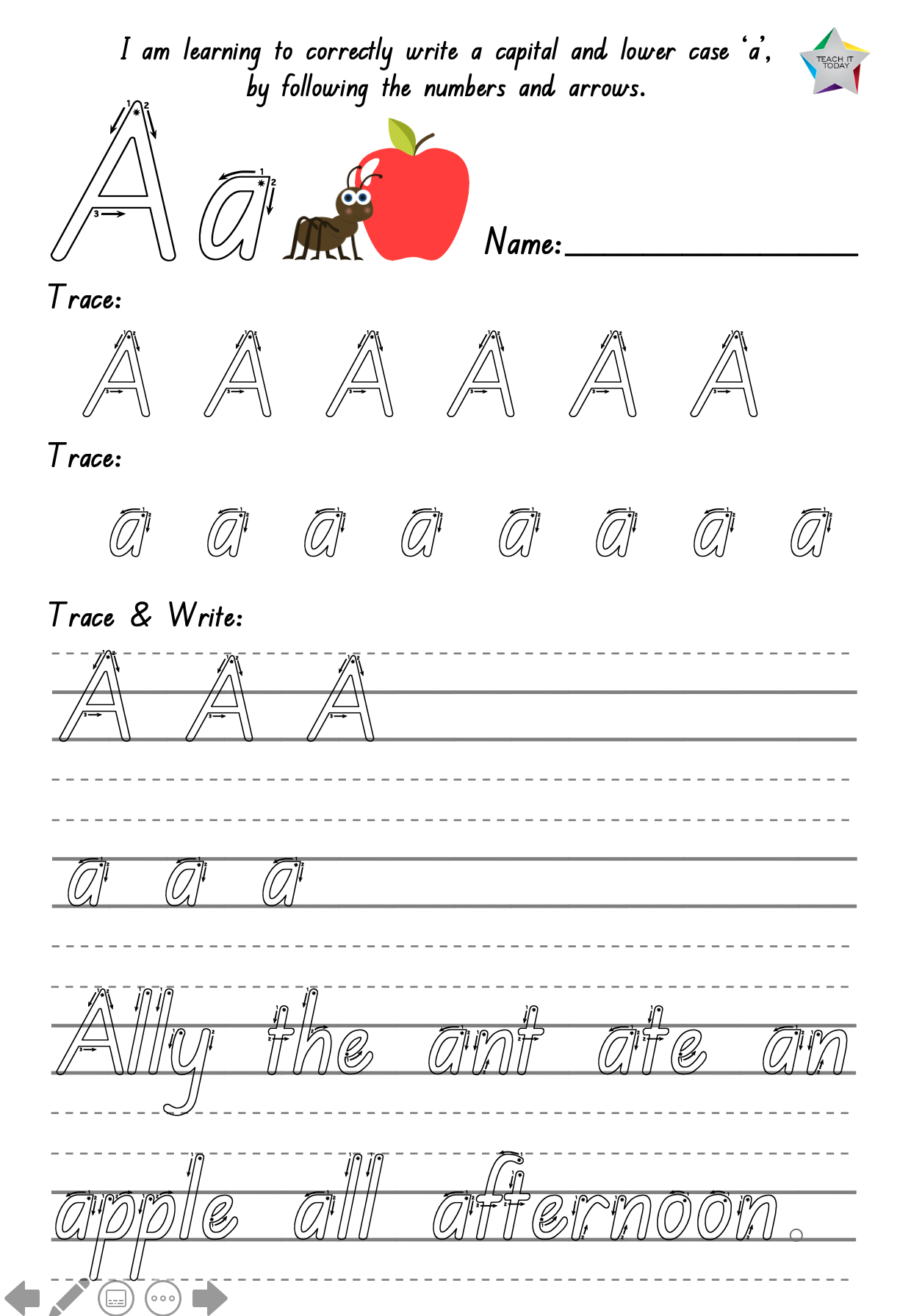6 things to include in every handwriting lesson
Being able to write fluidly and effortlessly is a skill that needs to be mastered to become a competent and confident writer.
In Australia the handwriting curriculum varies state to state. Most states have their own foundation style handwriting font. In NSW the handwriting curriculum teaches foundation NSW font and in QLD they teach QLD Beginners handwriting. In VIC, NT & WA they teach a cursive style in the early years of school. SA & TAS have their own styles which are very similar to QLD.
Regardless of what style you are teaching there are 6 things that should be included in every lesson.
LEARNING INTENTIONS
At a minimum, a learning intention or learning goal should be shared with the students. Most of us would have heard about John Hattie and the importance of sharing a learning intention and success criteria (If not, I recommend you do a quick google search). A clear and specific learning intention ensures that both the teacher and the students have the same idea and expectations of a lesson. A learning intention helps focus the learner on what they should know and understand or be able to do by the end of the lesson. I also like to explain to the students why it’s so important to learn to correctly form their letters, not only for legibility and communication. I do this by writing a word in cursive (running writing) and demonstrating where the letters join. This highlights the importance of proper formation in print, and I find this can encourage and motivate those students who are not always keen on trying their best.
EXPLICIT MODELLING OF CORRECT LETTER FORMATION, SIZING AND PLACEMENT
Explicit teacher modelling of the correct letter formation, sizing and placement on lines. This includes using verbal cues or a mnemonic (memory aide) to describe the way a letter is formed. For example: f – “start at the top, move down, lift off and cross”. Sometimes I like to reinforce the formation of the letter, by giving a bad example and having students correct me and demonstrate what a good example is. This usually get’s a giggle from the class and let’s them know that we all make mistakes and that’s okay! Making mistakes is how we learn!
STUDENT OPPORTUNITIES TO COPY AND DEMONSTRATE
Opportunities for students to copy and demonstrate correct letter formation using their fingers (air writing) and/or on a whiteboard. This gives the teacher the opportunity to assess progress, pencil grip and make any corrections before the student head off to practise independently.
EXPLICIT INSTRUCTION - HOW TO SIT CORRECTLY AT THEIR DESK
Prior to sending students back to their desk, I also demonstrate and model how to sit correctly at a desk when handwriting. A quick check of their pencil grip should be done, along with posture, hand placement etc as the students commence their handwriting task.
INDEPENDENT PRACTICE
Multiple opportunities for independent practice of handwriting using a handwriting workbook with directional arrows and lines, to help guide their writing or on a whiteboard. Handwriting needs to be explicitly taught along with opportunities to use their handwriting skills in other writing tasks. You may like to give students extra practise during literacy rotations or for homework.
TIMELY & POSITIVE FEEDBACK
Timely and positive feedback related to the learning goal or learning intention and how/what they can do differently next time to improve (where to next). It is so important that students are given positive and timely feedback on what they have done well and how they could improve next time.
Teach It Today also have a Teachers Pay Teachers (TpT) store.
If you are looking for a handwriting workbook in foundation NSW font or QLD beginners font for your students or child, check out our store at:
https://www.teacherspayteachers.com/Product/Handwriting-Workbook-A-Z-NSW-Foundation-Font-7162617
Like we say, practise makes progress! Thanks for reading.


